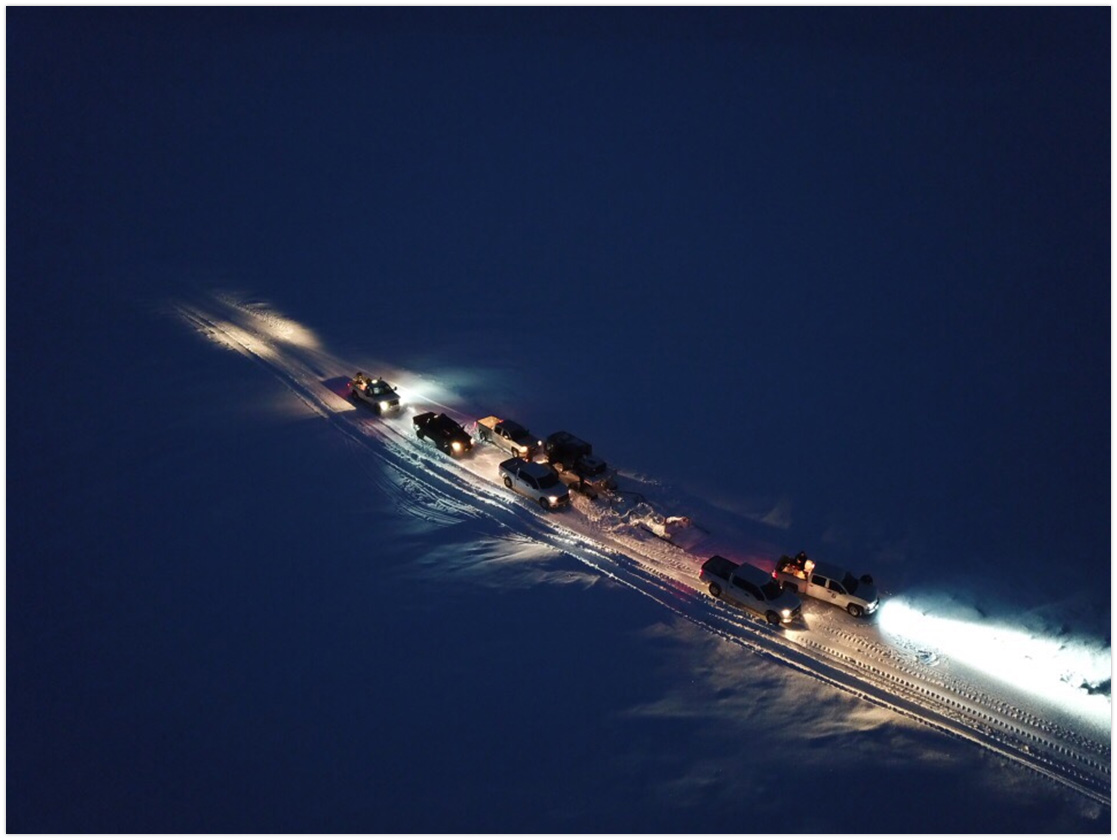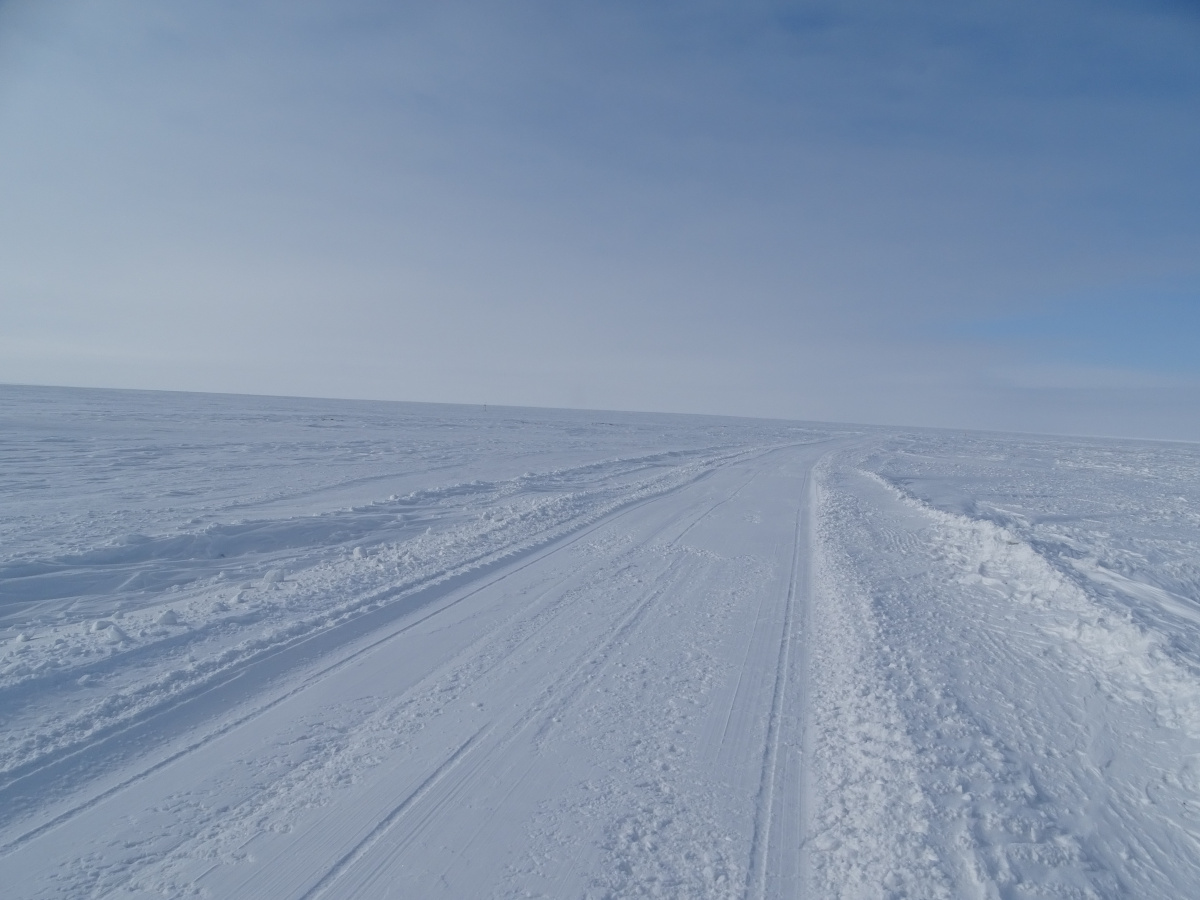Related Stories
- 11-year-old Touren Pope discovers ancient turtle fossil on BLM land in Wyoming
- Rural wildland firefighting partners grateful for BLM gift
- Using science to uncover mysteries of the Mesa archaeological site in Alaska
- Lake Havasu Fisheries Improvement Program: Thirty years of stewardship, science, and community
- Partnership drives ongoing habitat restoration in Muddy Creek watershed
Office
222 W 7th Avenue #13
Anchorage, AK 99513
United States
Phone:
Email:


